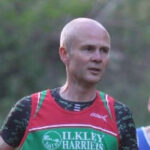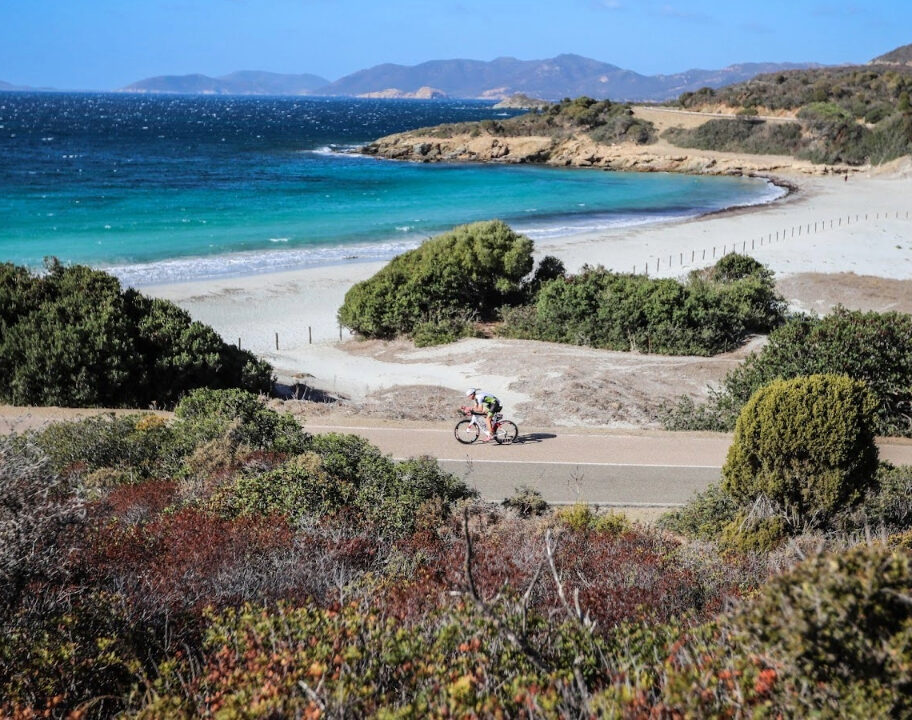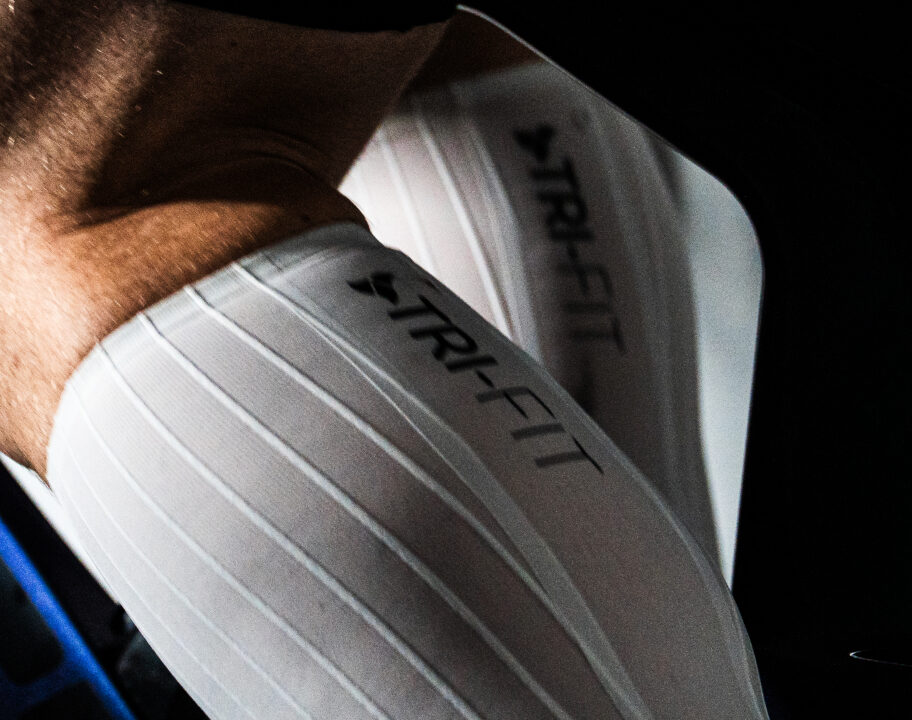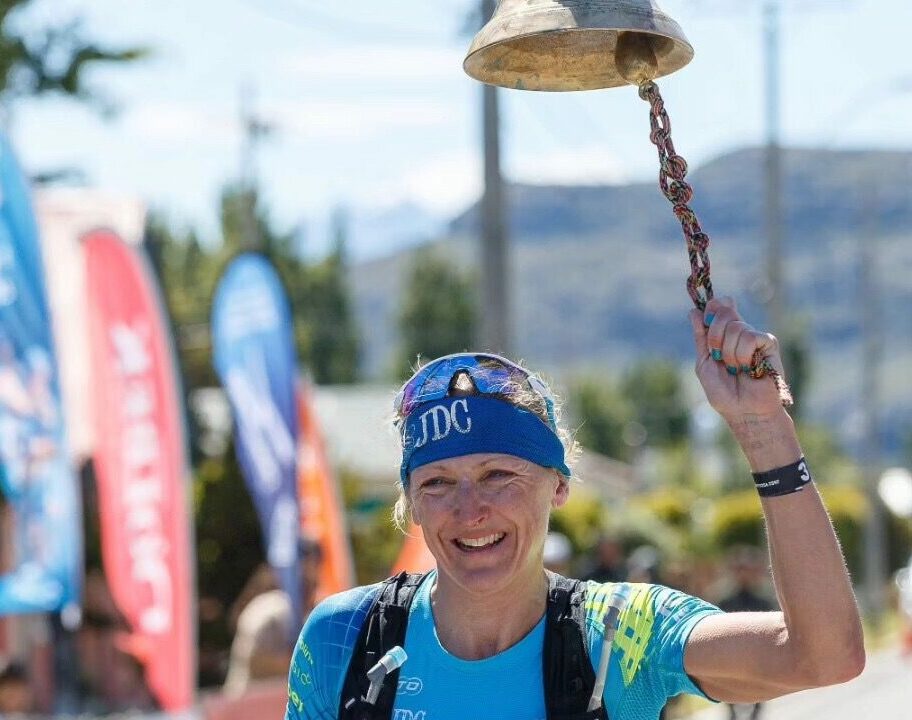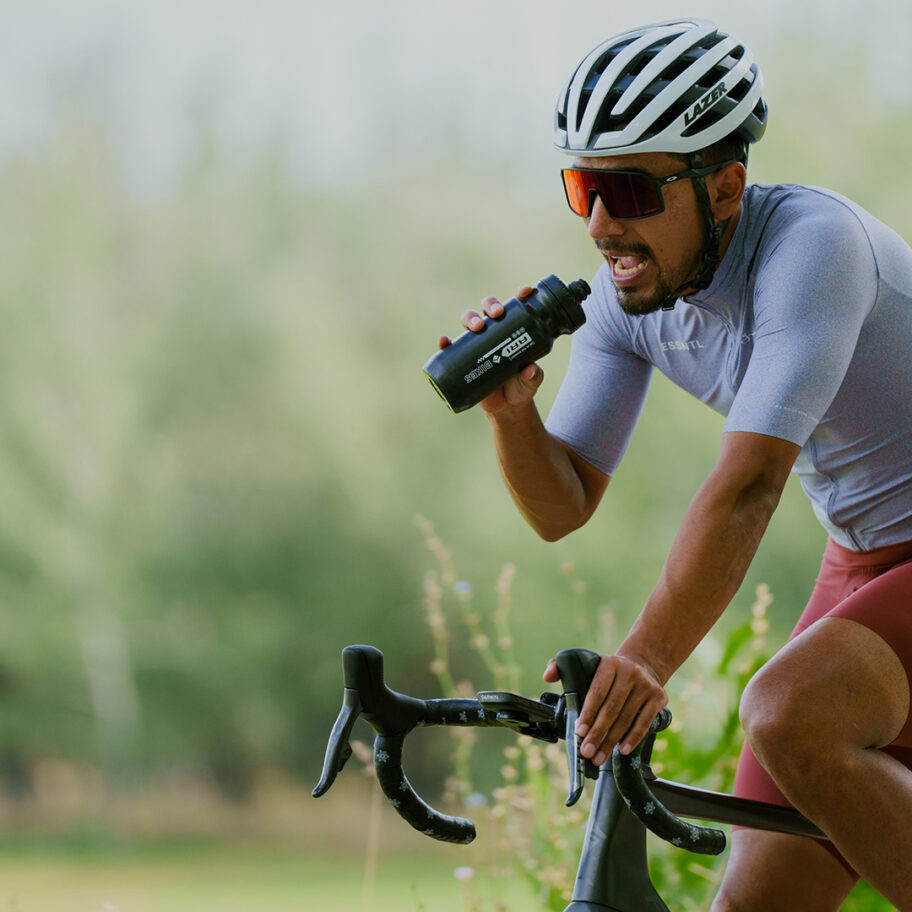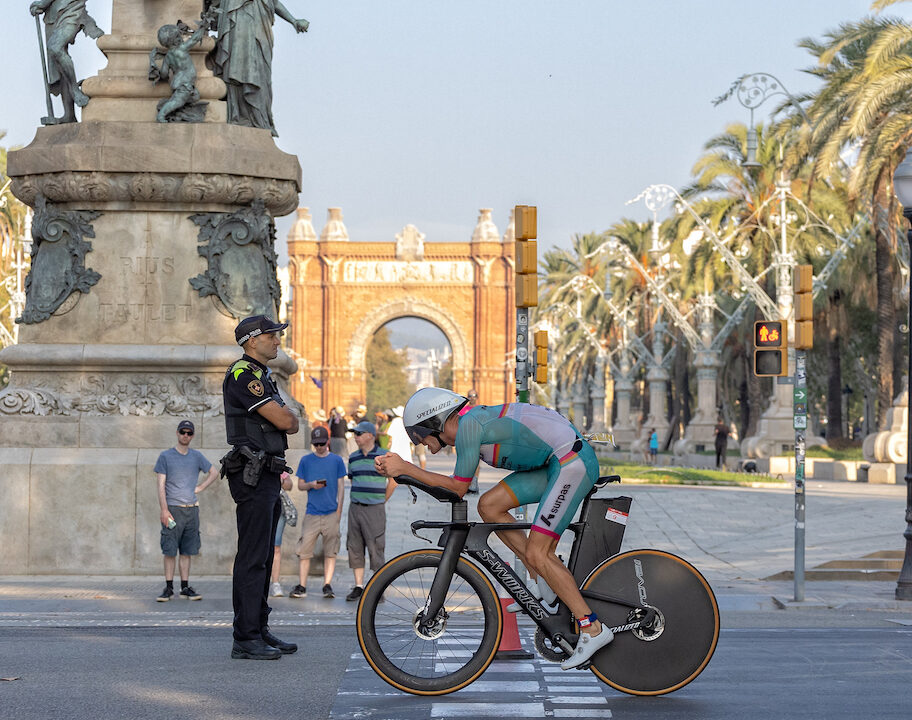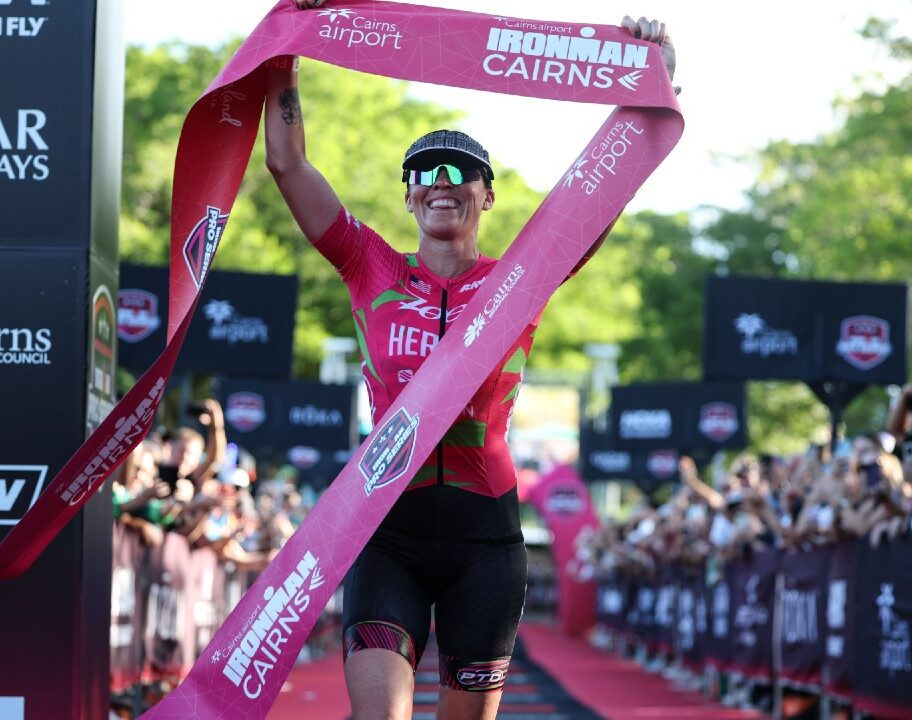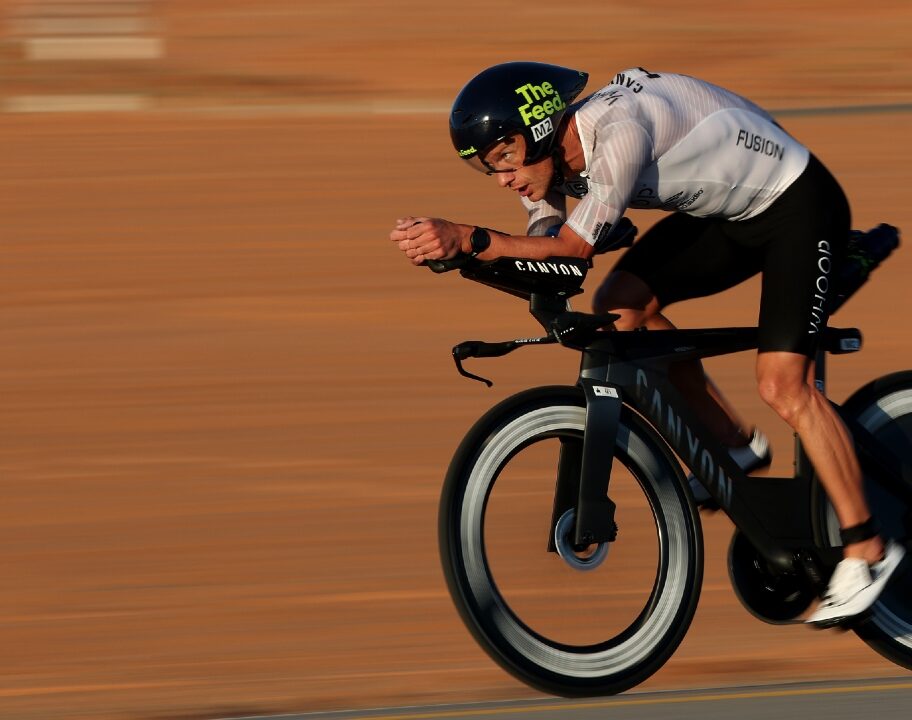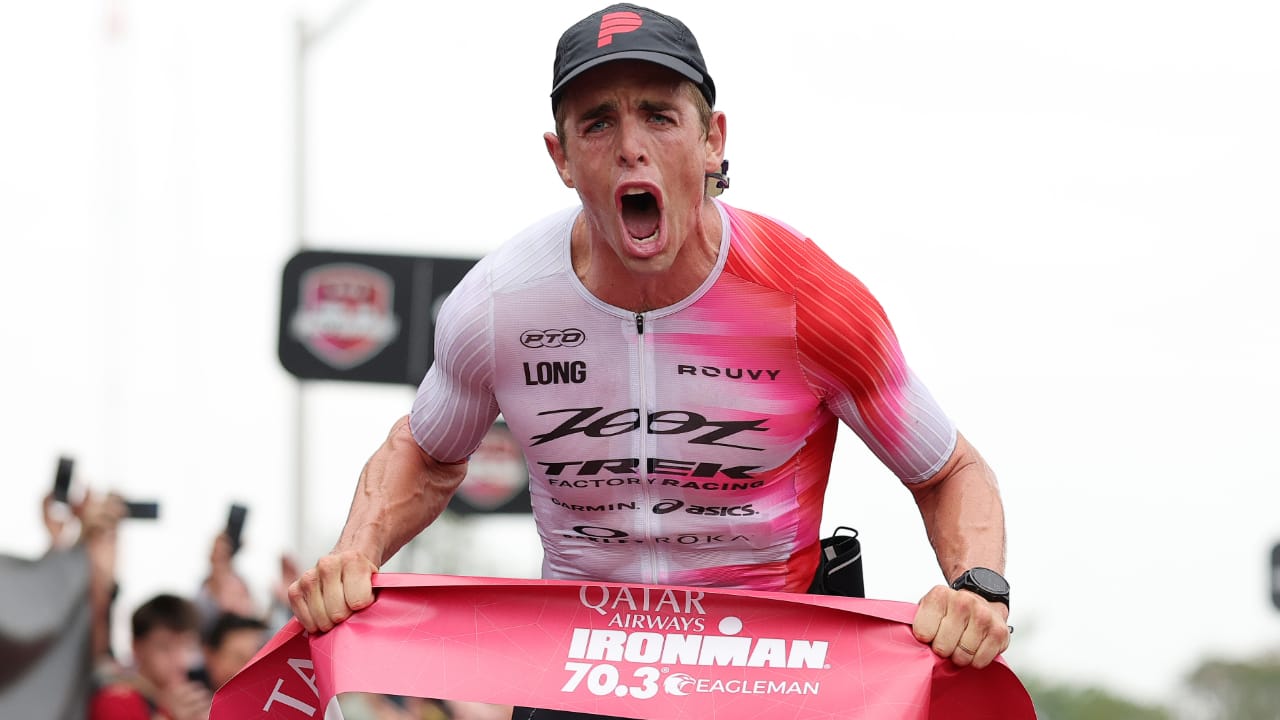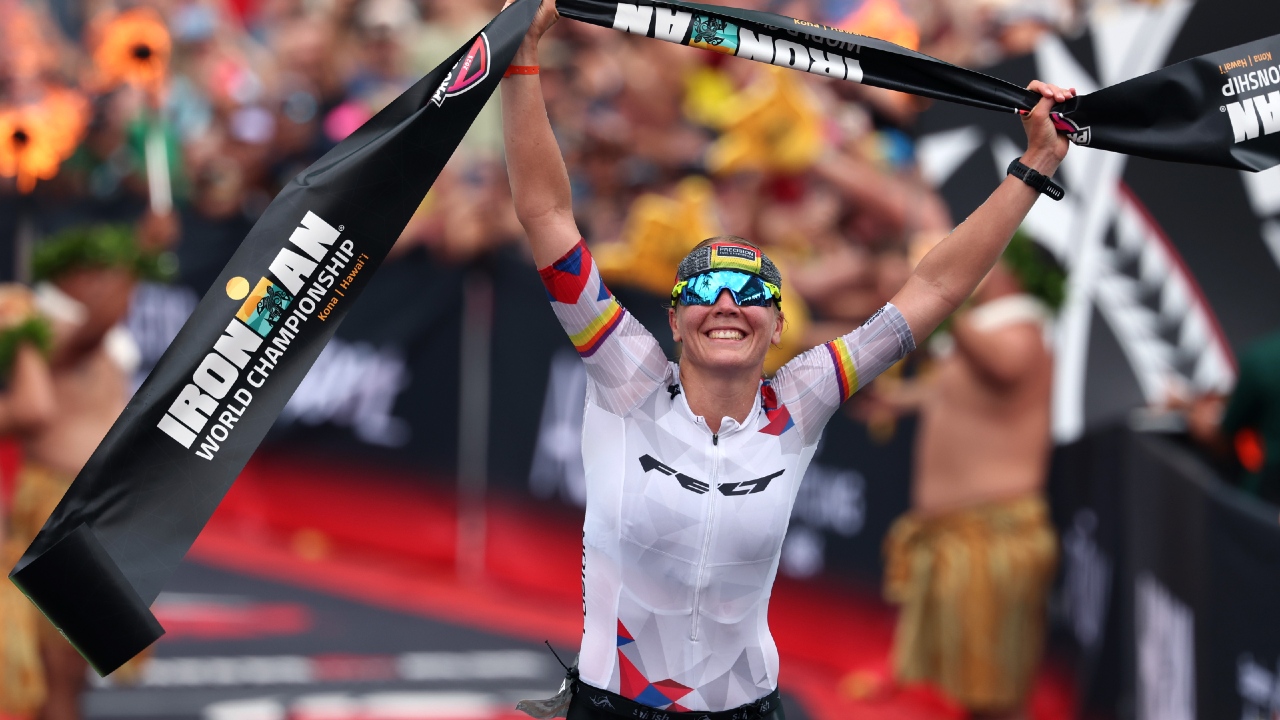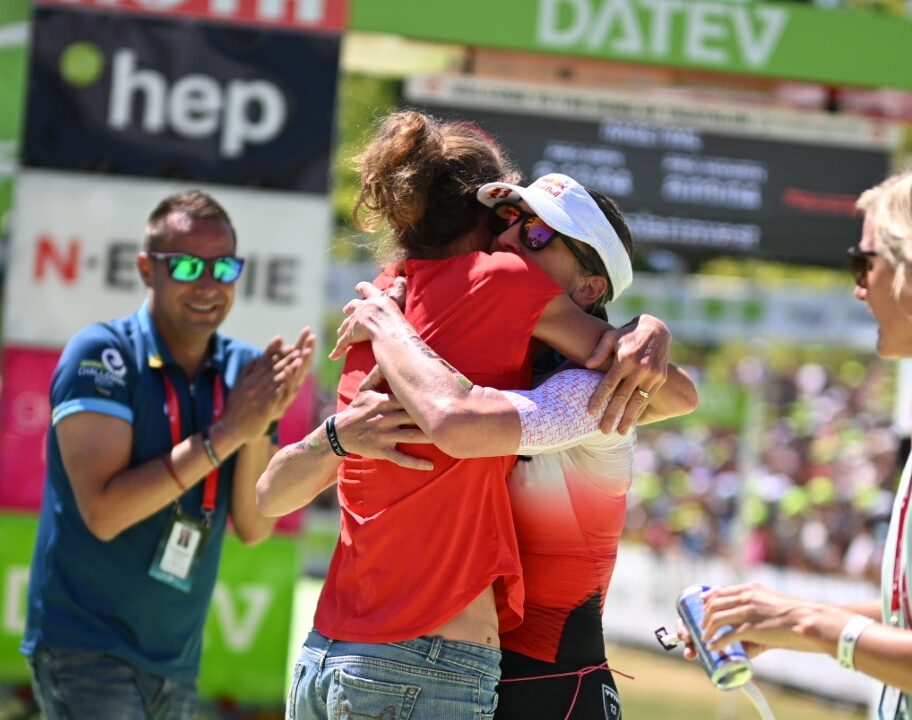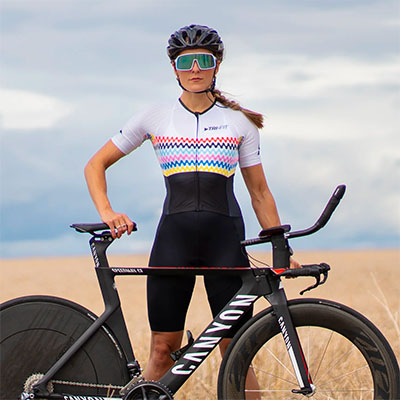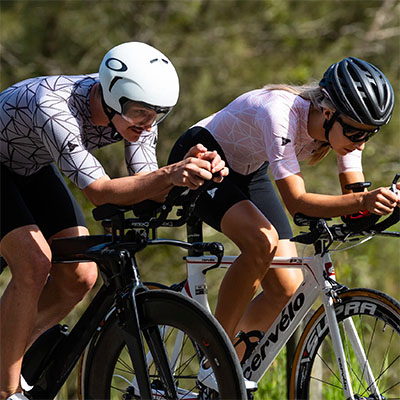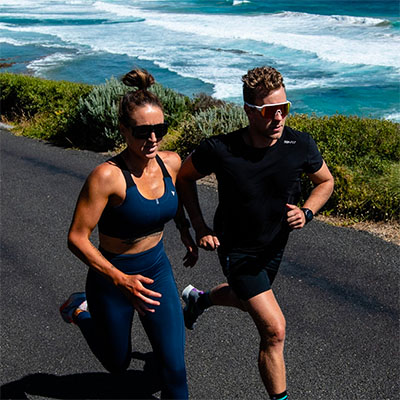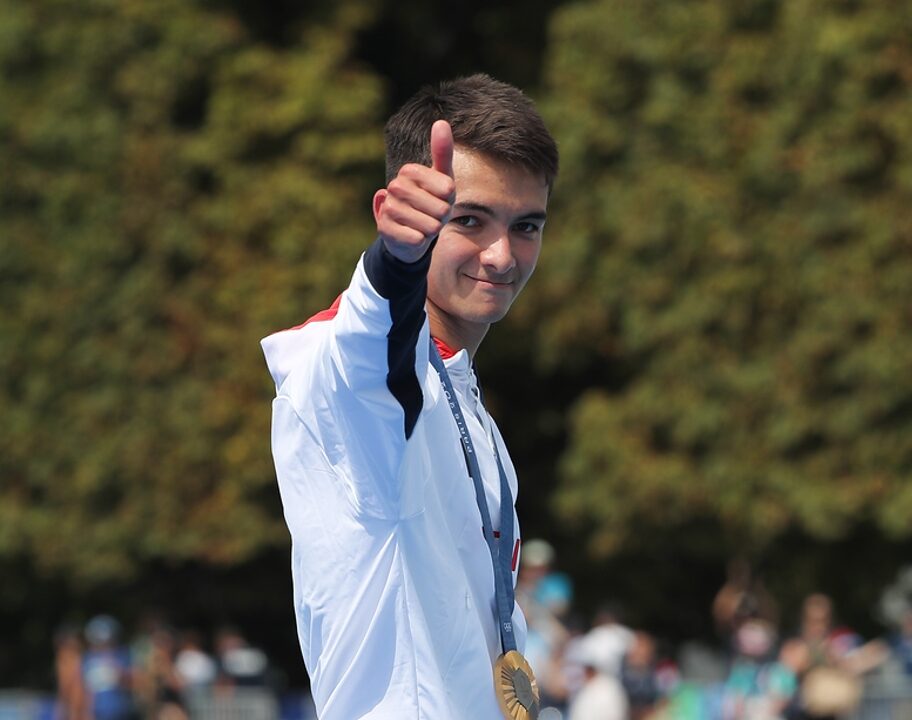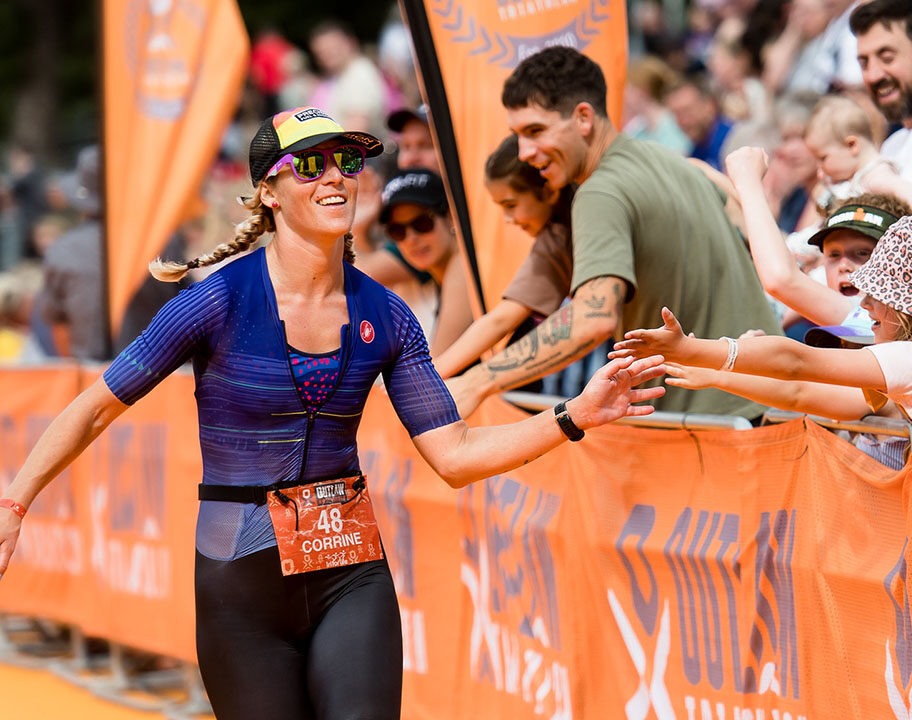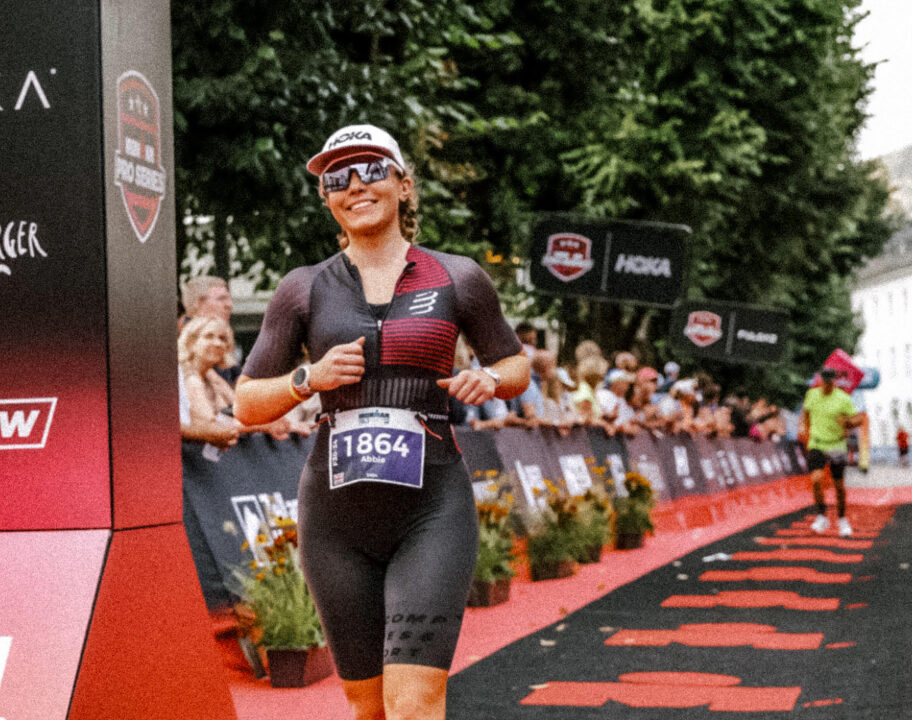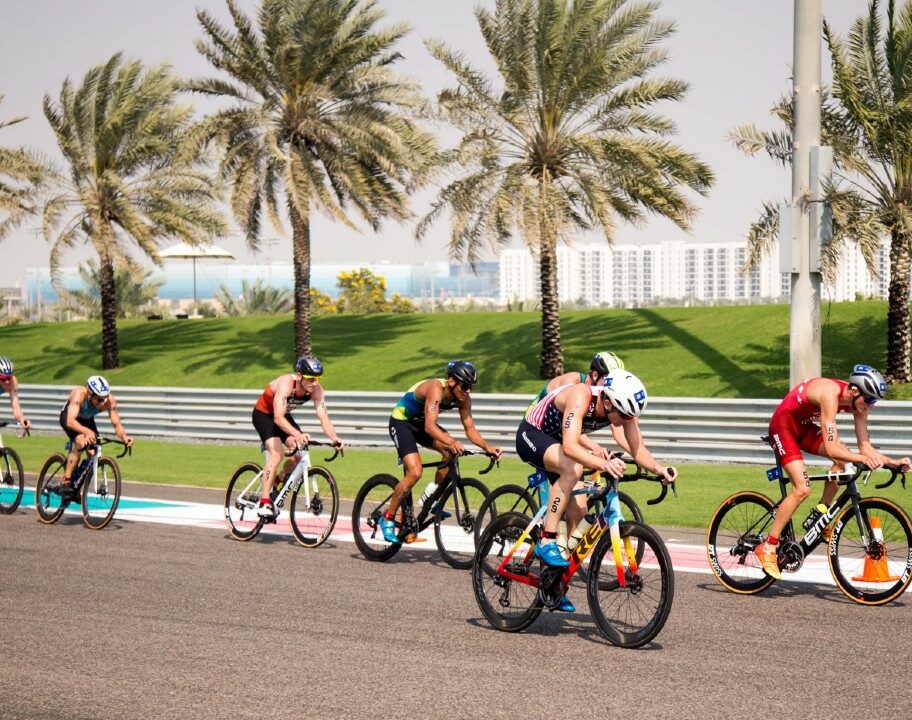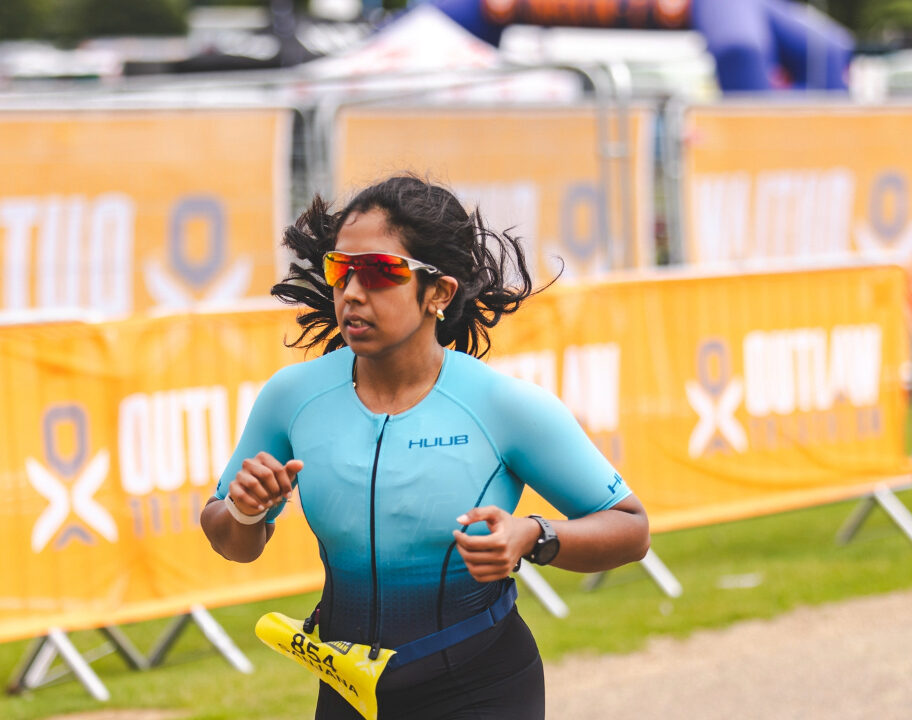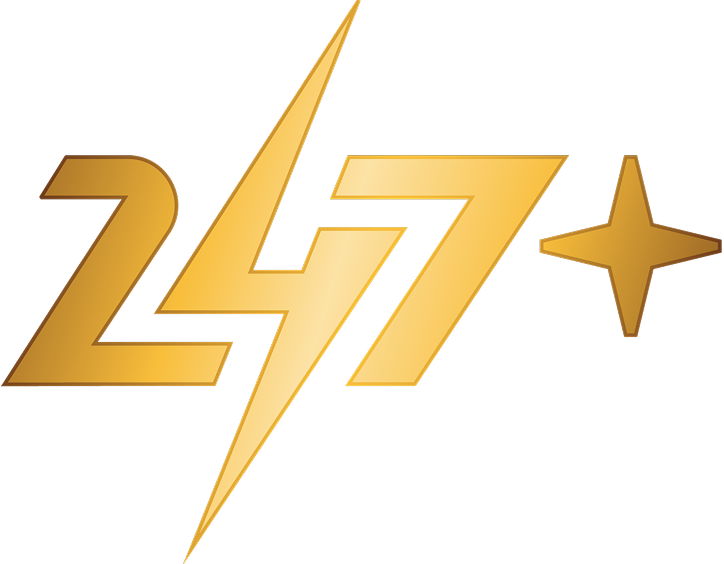IRONMAN have launched a new performance-based age group qualification system for its IRONMAN World Championship and IRONMAN 70.3 World Championship events, beginning with the 2026 qualifying cycle.
It was announced earlier this year that both the men’s and women’s IRONMAN World Championships will return to Kona, Hawai’i from 2026 onwards – and on the same day.
The spiritual home of the sport had hosted its most historic and iconic event on the same day in Hawai’i up to and including 2019 before the global COVID pandemic intervened, sparking a chain of events which saw the men’s and women’s races split between Kona and Nice, France.
But the biggest question – and talking point – since that announcement has been how the spots – likely to be a little under 3,000 – will be split between the genders.
IRONMAN suggested at the time they would be “mostly proportionate”, bearing in mind that only around 20% of the participants on an IRONMAN startline are female – though there were also calls for a 50:50 split.
How will it play out at Kona?
According to IRONMAN CEO Scott DeRue, when speaking to TRI247 and others in a media briefing this week, the actual number of women likely to gain a place based on the new system as it now stands would be between 30-40%.
Above all though he stressed that what we now have in place is “entirely performance based”.
He told us: “The system was not designed in a way to manufacture a particular outcome, for age group representation or gender representation or anything like that.
“Obviously we were curious in terms of what would happen when we roll out the system to all sorts of different dynamics in who’s going to earn slots, not earn slots and so on. So if we look based on recent history, global representation across regions, so essentially all races in recent seasons, the gender representation would be somewhere between 30 and 40% women at the IRONMAN World Championship.”
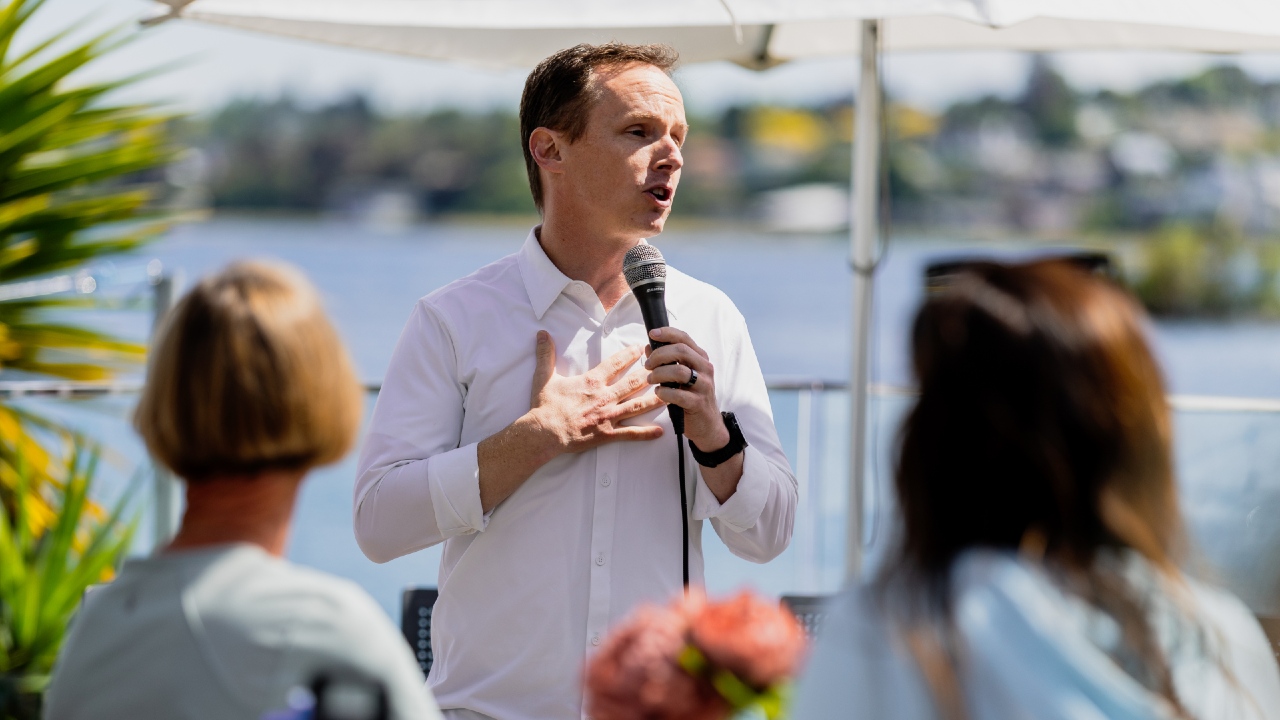
For the 70.3 Worlds that question doesn’t apply, it’s 50:50 as the men and women race on different days and each have exactly the same number of spots available.
Early reaction to the news
And the new system has already been welcomed by Women In Tri UK.
Their chair Bianca Fernandez-Clark said: “We’re pleased to see IRONMAN take this important step forward.
“Our mission has always been to remove systemic barriers to women’s participation and progression in triathlon. A qualification system that rewards true performance – not just participation rates – is key to levelling the playing field.
“We’re grateful that IRONMAN has taken our findings into account and hope this marks the beginning of a long-term collaboration to drive more equitable outcomes across the sport.”
How it works
So let’s look at what’s been announced in more detail.
IRONMAN say the system has been developed after extensive research, testing, and feedback from athletes and is designed to reward athletes based entirely on how competitive they are relative to their age group and gender.
At each qualifying event, athletes are ranked based on their performance relative to a global age-group standard. The athletes who perform the best on race day compared to this age-group standard, irrespective of age or gender, will rank the highest and earn qualifying slots:
1/ Each qualifying event is allocated a number of age-group qualification slots.
2/ For each qualifying event, the winner of each age group (men and women) will automatically earn a qualifying slot; if that slot is not taken, it will roll to the second-place finisher, and then to the third-place finisher if not taken by the second-place finisher. If the automatic qualifying slot for a specific age group is not taken by one of the top three finishers, that slot is allocated to the overall ‘Performance Pool’ of qualifying slots that will then be offered to the next-most competitive athletes at the same event.
3/ Once the automatic qualifying slots are allocated to the age-group champions, the finish times of all remaining athletes for that event will be normalized and compared to a benchmark that is created by averaging the top 20% of World Championship finish times over the past 5 editions for each age group (i.e., a global age-group standard for each gender and age group). By comparing each finish time to the age-group standard, there will be an age-graded finish time for each athlete.
4/ Athletes are then ranked based on their age-graded finish times (i.e., their performance in the race relative to their own age-group standard); the athletes who are most competitive on race day relative to their age-group standard will rank highest.
5/ Using this ranking of the most competitive athletes, slots will then be allocated using a ‘first to accept’ roll-down process. This roll-down process will continue until all qualifying slots for the race are allocated.
This slot allocation process prioritizes the fastest age-graded times across all athletes and will result in qualifying slots rolling to the next-most deserving athlete, irrespective of their age or gender.
Who created the system?
Talking in more detail about the system and the process leading up to this point, DeRue added: “These events have grown over the decades to earn their place as the greatest celebration of the most competitive and committed triathletes in the world.
“As we continue to evolve these world championship events and inspire more triathletes to chase their dreams to compete at the highest level, we wanted to ensure our slot allocation system rewards the most competitive age-group athletes. The new approach achieves this goal by promoting a performance-based standard for all athletes and ensuring slots roll to the most deserving athlete, regardless of their age or gender.”
IRONMAN have worked with one of the premier timing companies, Sportstats, to develop the approach and global benchmark system.
For those who would like to drill down into the detail – and why wouldn’t you! – we’ve got a much more detailed explanation here, along with plenty of examples.
When will it start?
And we’ve not got long to go to see it in action – the IRONMAN 70.3 World Championship qualifying cycle begins on July 6, with the IRONMAN 70.3 Jönköping European Championship in Sweden and the IRONMAN 70.3 Muskoka triathlon in Canada.
The IRONMAN World Championship qualifying cycle begins on the weekend of August 16-17 with IRONMAN Kalmar in Sweden and IRONMAN Copenhagen in Denmark.
A full listing of slots for each World Championship qualifying race can be found here (70.3) and here (IM).
A work in progress
DeRue continued: “I would also like to thank the many athletes and community members who provided constructive feedback as we ideated on potential approaches. Their feedback was instrumental in helping us develop the new system, and feedback from our community will continue to be critical to our ongoing development of the system.
“We are deeply committed to listening to our community, learning as we go, and making changes if needed. In this spirit, I am excited to announce the formation of a new Championship Competition Advisory Group. This group will consist of athletes, meet regularly to review the system, and work together to identify opportunities for continuous improvement.
“We are committed to transparency with regards to the new system and will be open with our community about what we learn on the journey.”
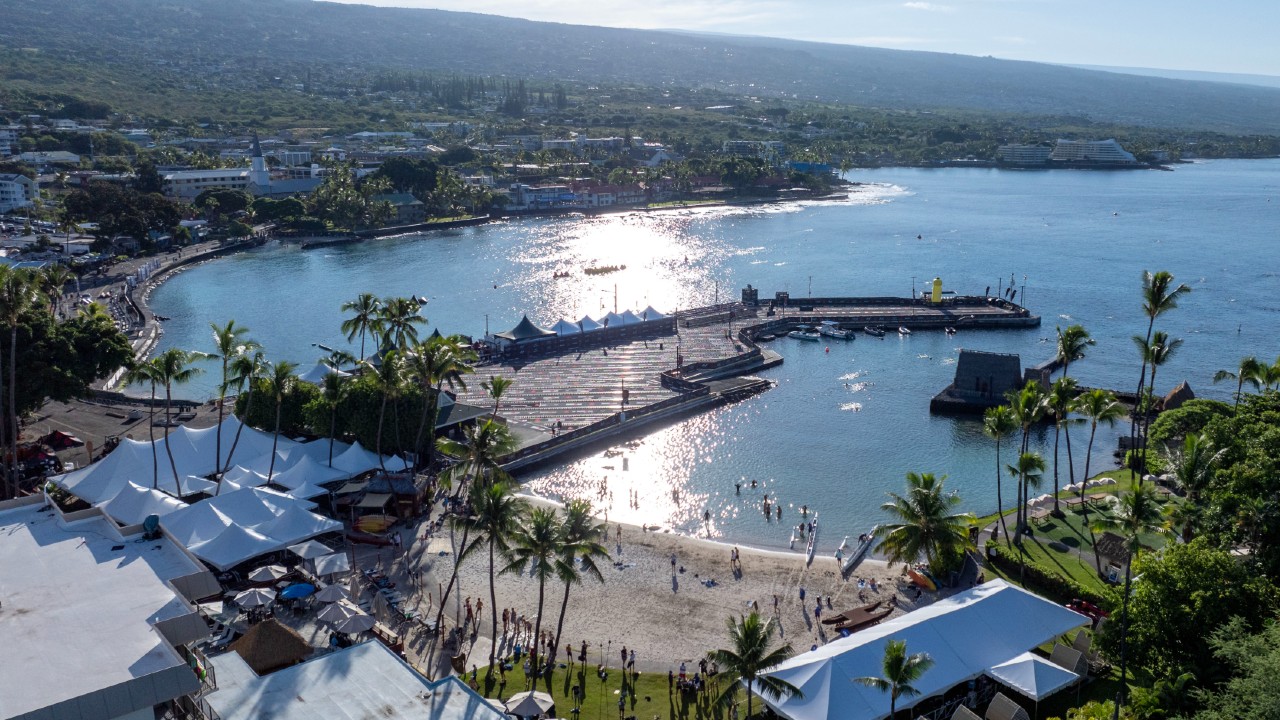
TRI247’s early thoughts
We’d echo Bianca Fernandez-Clark view that “a qualification system that rewards true performance – not just participation rates – is key to levelling the playing field.”
It also eliminates much of the debate between proportionate or equal slots – and anything in between – which feels like a fresh and entirely justified position heading into the 2026 qualifying cycle.
Having said all of which we are a little surprised that when the new system has been test driven, it produces a figure of between 30 and 40 percent of female participants given that just 20% of those competing for an IRONMAN World Championship spot in recent years have been women.
But time will tell just what that figure ends up being for Kona 2026.
Crucially too it should take a lot of the luck out of qualifying for everyone – it’s now simply a matter of how fast you race and not how many happen to be in your age category.
And in fairness, IRONMAN have been open and collaborative during the process of getting to this point – and transparent in exactly how it will work, right down to a very detailed set of data and examples.
It also introduces many fascinating dynamics – for example everyone in any given race is effectively competing against everyone else in the field for a Kona slot, irrespective of age-group or gender.
Each event is treated in isolation too so the toughness of the course or the conditions faced are the same for everyone – again a level playing field. And very different to road running for example where good-for-age places in the world’s biggest marathons are based purely on a time, largely regardless of where it was achieved, albeit the Boston Marathon has finally started to tighten up their rules on excessively downhill ‘qualifying’ courses.

